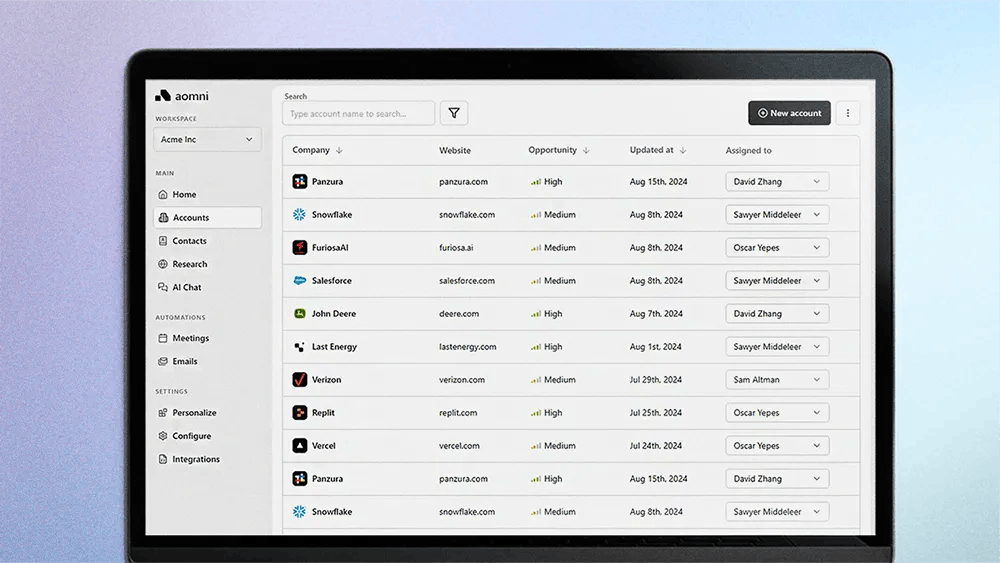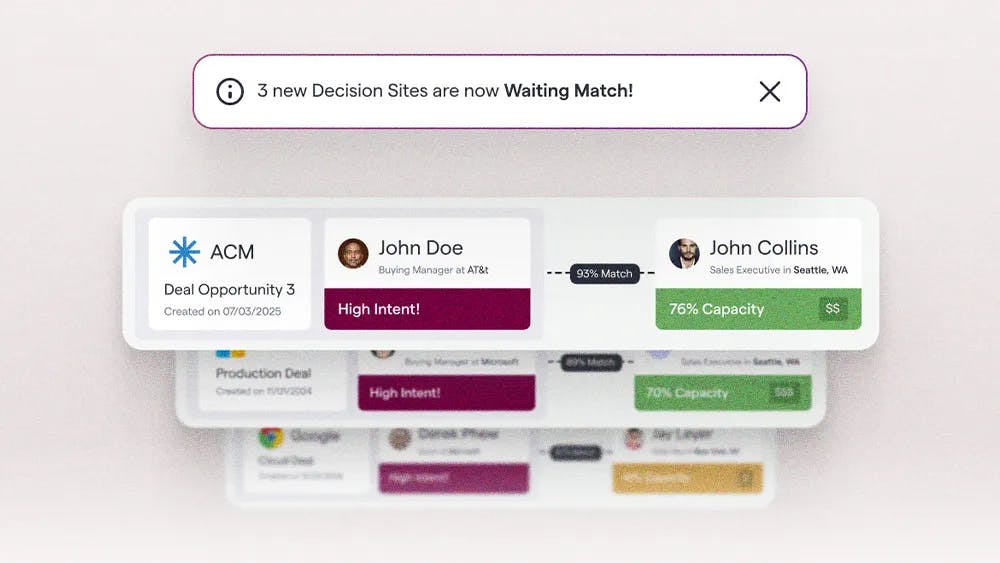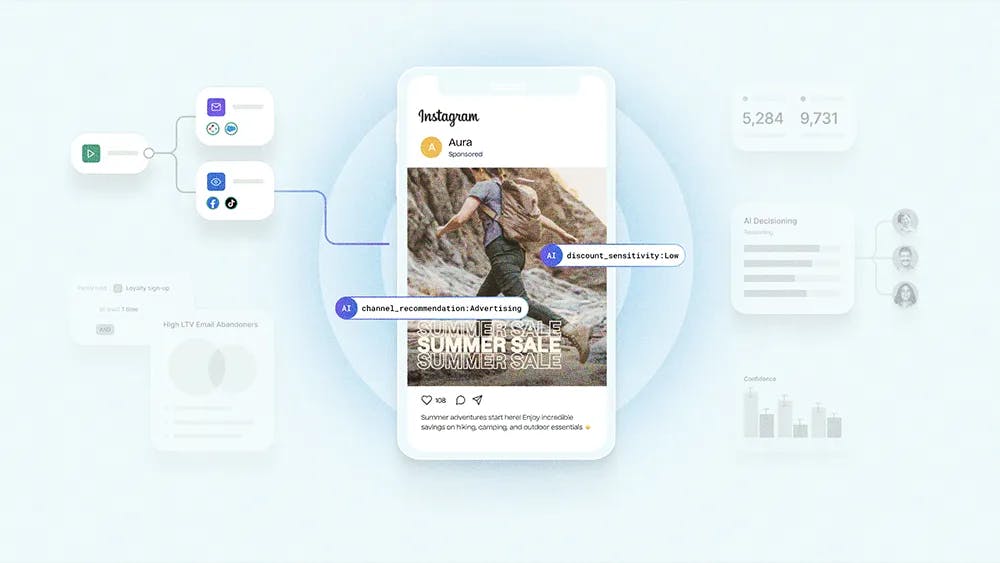The way to disrupt industries isn't by taking whatever the existing stack is and just adding AI on top of it. It's by rethinking that entire flow end to end.
Clever hacks and quick fixes waste what AI can really do. It's time to shred the old playbook. The startups that matter are rebuilding everything from the ground up.
David Zhang is the CEO and Co-Founder of Aomni, an AI platform designed to help sales teams move faster. Zhang backs using AI as a foundation—not a feature—and he joined us to discuss what it really means to build with AI at the core.
Rethinking caps on: Zhang doesn’t mince words: "The way to disrupt industries isn't by taking whatever the existing stack is and just adding AI on top of it. It's by rethinking that entire flow end to end." It’s a mindset shift driven by savvier incumbents. "Companies today are a lot smarter about the innovator's dilemma, about getting disrupted," says Zhang. But even as enterprises embrace AI, a persistent organizational gap still stands in the way of real progress.
Pick a lane: Go-to-market AI splits cleanly into two camps: data providers and orchestrators. "Either you 100% focus on providing the best data possible and let some other company handle orchestration, or you're a hardcore orchestrator and you don't spend any effort on collecting data," says Zhang.
Trying to do both, he warns, is a losing game. "The data sets are changing all the time. It's hard enough keeping tabs on all the data you collect," he explains. "If you try to build orchestration on top of that, it's just impossible." And the reverse is no easier. For Zhang, it's simple: specialize or get stuck.
A lot of people say they have this multi-agent AI SDR, but really what they have is an email outreach workflow.
Workflow or real agent?: Zhang isn’t sold on the industry’s obsession with “multi-agent” labels. In most cases, what’s being pitched as an agent is just a glorified workflow. He explains, "A lot of people say they have this multi-agent AI SDR, but really what they have is an email outreach workflow"—a series of hard-coded steps like finding leads, researching them, and queuing a sequence.
The real distinction, Zhang argues, comes down to structure. "Are you doing a fully probabilistic agent, or a step-by-step workflow?" In a true agentic system, the AI dynamically decides how to move through each task. In a workflow, it's just following a script. Most teams, he suggests, are still building the latter.
Same problems, new scale: As agentic systems grow more complex, governance and security questions are catching up. "Governance is being defined as we speak," Zhang says, pointing to emerging standards like the OpenAI chat completion spec. But he’s not sounding alarms. "At the end of the day, a lot of the problems that these agents face is the same type of problem that existing software have." AI may amplify the risks, but the core challenges aren’t new. Existing frameworks just need to stretch.
The path to native AI: Zhang sees near-term wins for systems that tap into external data. "In the next one or two years, I think those are the systems that are going to win," he says. It’s a practical way to deliver value while enterprise policies and internal tooling catch up. Long term, though, the real breakthrough will come from builders willing to "rethink that entire flow end to end"—the kind of first-principles approach that sets the foundation for truly AI-native products.





